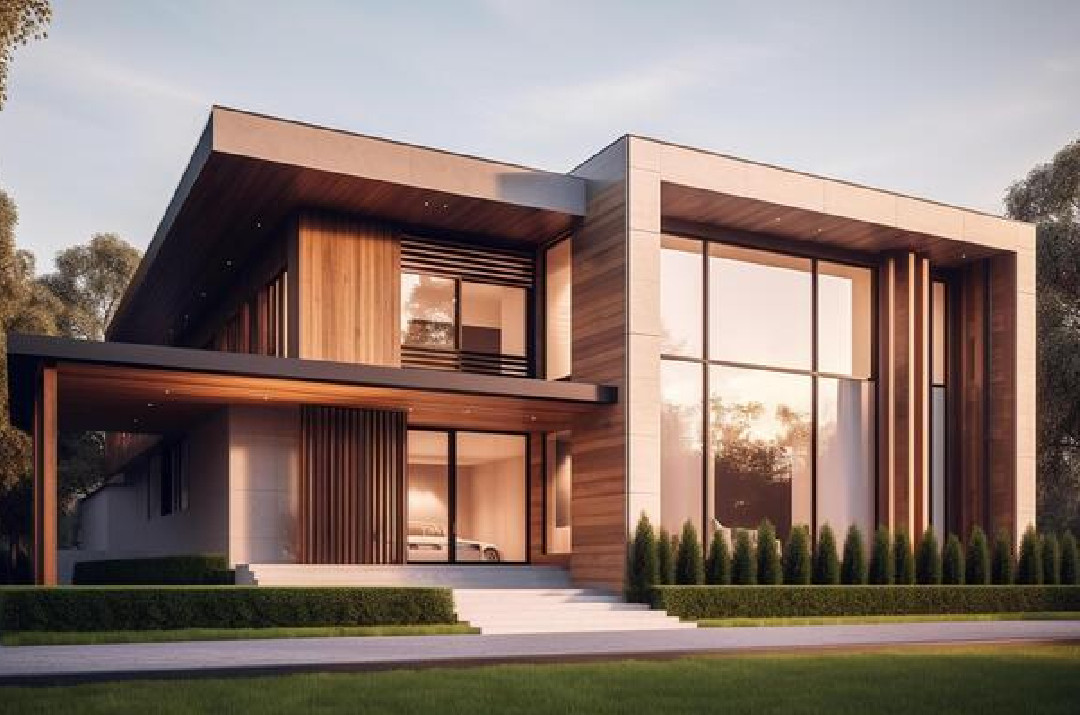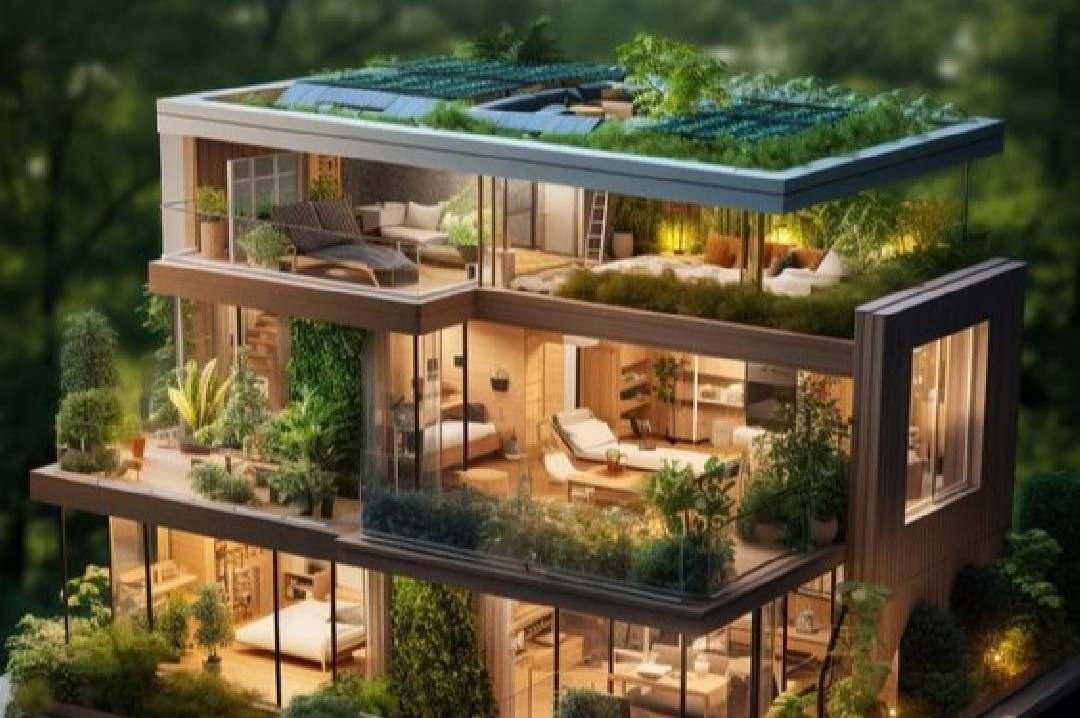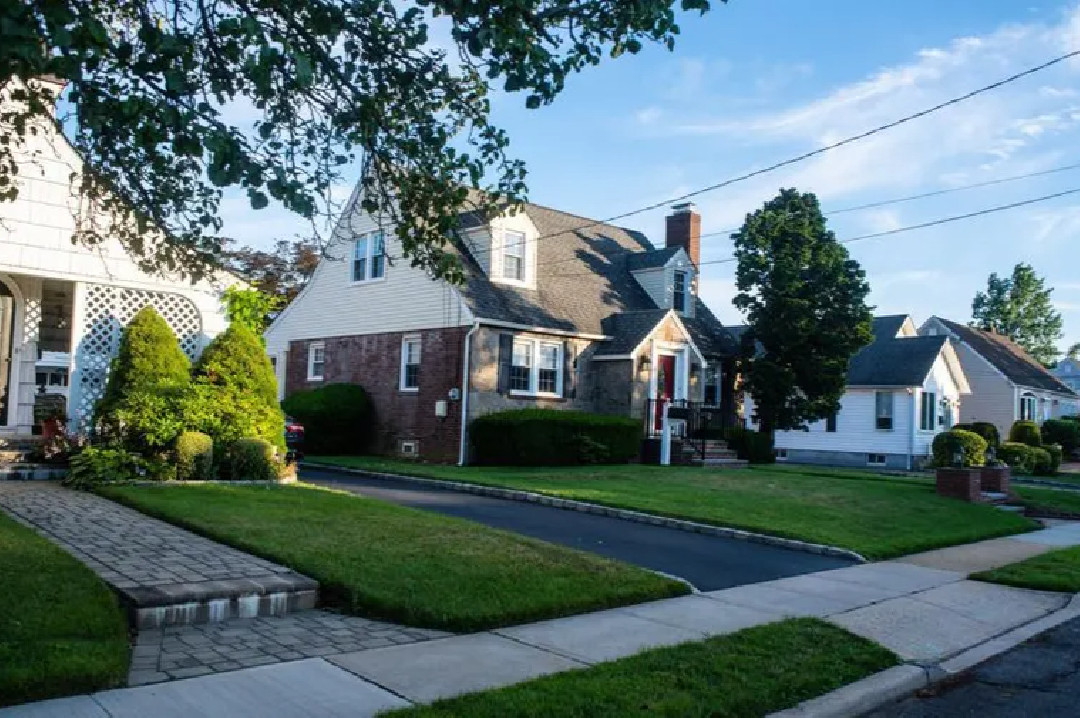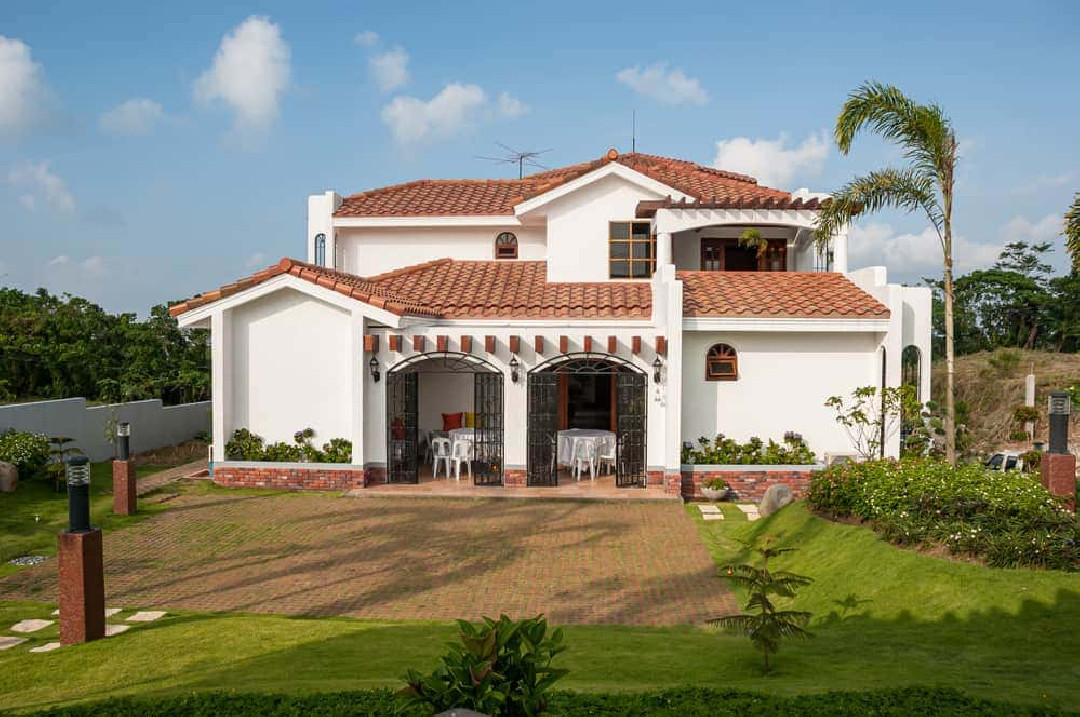Passive Houses: A Modern Approach to Energy Savings
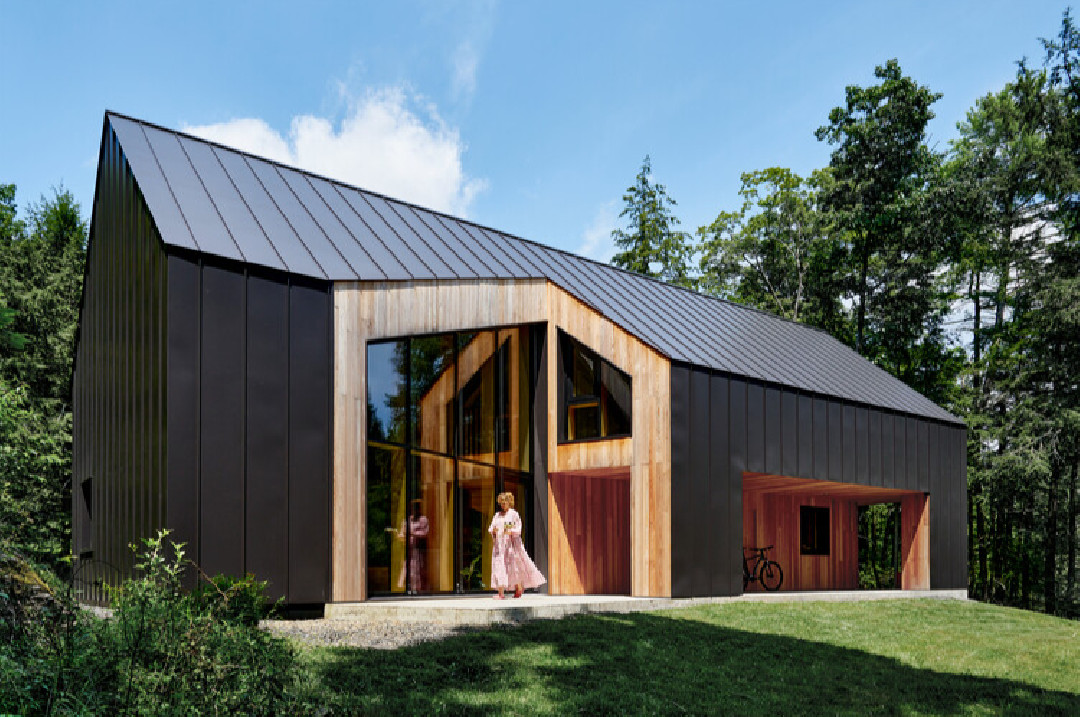
Introduction
A passive house is a building concept designed with the primary goal of achieving very high energy efficiency and optimal thermal comfort. This concept was first developed in Germany in the late 1980s by Dr. Wolfgang Feist and Bo Adamson. Passive houses combine architectural design principles and building technology that enable minimal energy use for heating and cooling spaces. They rely on superior thermal insulation, elimination of thermal bridges, mechanical ventilation with heat recovery, and designs that maximize the use of passive solar energy. All these elements work together to create buildings that are significantly more energy-efficient than conventional buildings.
In addition to energy efficiency, passive houses offer various other benefits, such as improved indoor air quality, better thermal comfort, and reduced carbon emissions. In the long term, the operational costs of passive houses tend to be lower due to minimal energy consumption. This concept is increasingly relevant amid rising awareness of climate change and the need to reduce carbon footprints. By adopting passive houses, occupants can significantly contribute to global efforts to reduce energy consumption and greenhouse gas emissions while enjoying a healthy and comfortable living environment.
Benefits of Passive Houses
1. Reduction in Energy Costs

One of the primary benefits of passive houses is the significant reduction in energy costs. By maximizing thermal efficiency and using natural energy resources optimally, passive houses reduce the need for conventional heating and cooling systems that consume a lot of energy. Superior thermal insulation and elimination of thermal bridges ensure that heat remains inside the house during winter and stays out during summer. This means that passive house occupants will experience substantial savings on their energy bills, which can be up to 90% compared to conventional houses.
Additionally, the use of mechanical ventilation technology with heat recovery ensures that fresh air is always available without losing heat energy. This system efficiently manages the inflow and outflow of air, recovering heat from the exhausted air to warm the incoming fresh air. In this way, passive houses not only reduce energy consumption but also provide long-term financial savings for their occupants, making it a smart investment from both an economic and environmental perspective.
2. Improved Indoor Air Quality

Passive houses offer a living environment with better air quality. Advanced ventilation systems ensure that fresh air always enters the house while stale and humid air is expelled. This process not only helps eliminate pollutants and allergens from inside the house but also reduces the risk of health issues related to poor air quality, such as allergies, asthma, and other respiratory problems. Cleaner and fresher indoor air makes the living environment healthier and more comfortable for its occupants.
Moreover, passive houses are often equipped with high-quality air filters that can capture dust particles, pollen, and other pollutants. With this technology, indoor air quality is maintained even when outdoor air conditions are poor. The combination of good thermal insulation and efficient ventilation systems means that passive houses are not only thermally comfortable but also provide a clean and healthy environment throughout the year.
3. Positive Environmental Impact

Passive houses significantly contribute to environmental conservation. By reducing energy consumption, passive houses directly lower carbon dioxide (CO2) emissions and other greenhouse gases responsible for climate change. Most of the energy used in conventional buildings comes from fossil fuel sources, which contribute to air pollution and global warming. With high energy efficiency, passive houses reduce reliance on these energy sources, helping to decrease the carbon footprint of individuals and communities as a whole.
Additionally, the design principles of passive houses often include the use of environmentally friendly and sustainable building materials. Materials such as FSC-certified wood, insulation made from recycled materials, and other green building technologies are commonly used in passive house construction. By choosing these materials, the negative impact on the environment can be minimized, while supporting more sustainable and responsible building practices. This makes passive houses not only a solution for energy efficiency but also a model for environmentally friendly construction.
Design Principles of Passive Houses
1. Controlled Ventilation

Well-controlled ventilation design is another important aspect of passive house design. By optimizing airflow patterns, passive houses can create healthy and comfortable air circulation for their occupants. Efficient ventilation systems not only help maintain indoor air quality but also reduce the need for additional heating or cooling. Thus, the use of well-controlled ventilation not only supports the energy efficiency concept of passive houses but also ensures comfort and health for the occupants.
2. Energy-Efficient Windows

Using high-quality windows with advanced insulation technology is one of the key features to consider in passive house design. These windows are designed not only to maximize sunlight entry when needed but also to minimize energy loss through the windows. Therefore, the use of energy-efficient windows helps optimize the utilization of natural energy sources while also contributing to maintaining indoor temperature balance and reducing dependence on additional heating or cooling.
3. Careful Orientation

Positioning the building with consideration of solar orientation and wind direction is a fundamental principle in passive house design. By carefully considering the building's orientation, passive houses can maximize the benefits of natural energy sources such as sunlight and wind, thereby reducing the need for additional energy for heating or cooling. Moreover, careful orientation can also reduce direct exposure to excessive sunlight or strong winds, which in turn can enhance comfort and energy efficiency within the passive house.
4. Superior Thermal Insulation

A key to successfully implementing the passive house concept is the use of superior thermal insulation. In this regard, the walls, floors, and ceilings of the house are not only built with high-quality insulation materials but also carefully designed to ensure that heat or cold leaks are minimized as efficiently as possible. By selecting the right insulation materials and following proven design principles, passive houses can create an effective barrier against heat transfer, thereby maintaining a stable and comfortable indoor temperature for its occupants throughout the year.



